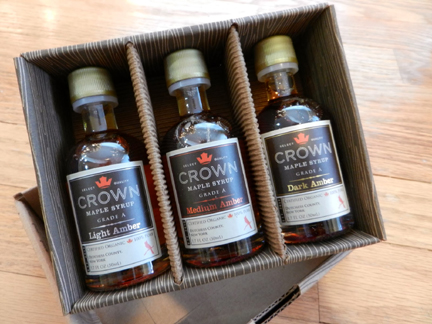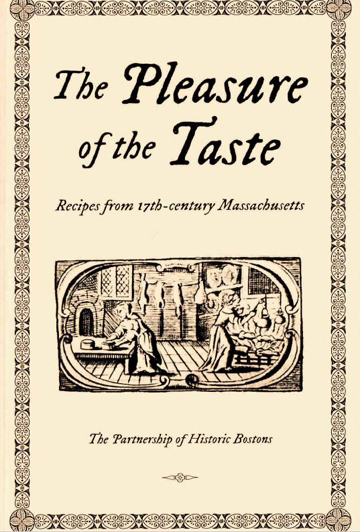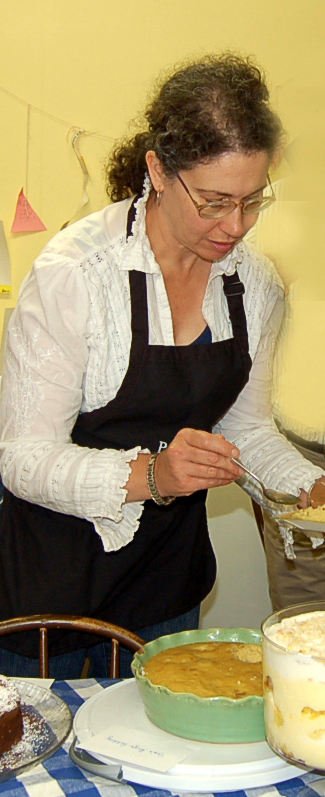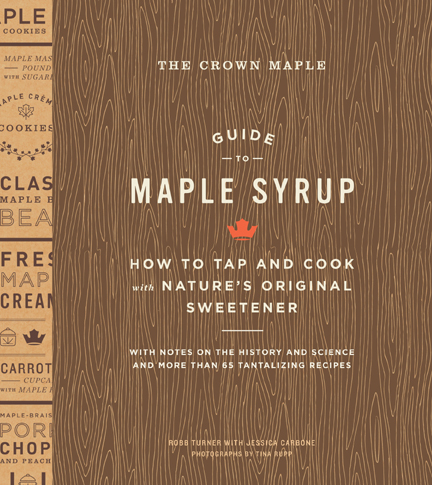
March is Maple Month in Massachusetts and elsewhere. A new book from Abrams by Robb Turner of Dover Plains, New York, tells both a personal and a regional story about everyone’s favorite natural sweetener. The Crown Maple Guide to Maple Syrup provides a number of toothsome recipes as well.
Turner grew up on a farm in Illinois but chose a career in finance in New York City. There he clearly prospered; a decade ago he purchased a “retreat” for his family in Dutchess County, New York. Madava Farms came with more than 400 acres, and Turner soon found himself buying even more surrounding property.
In 2010 he decided to study the potential for producing a high-quality, organic brand of maple syrup from his trees. He consulted with professors, brand marketers, and professionals, and started Crown Maple. I haven’t tasted its syrup, but a 2013 article in The New York Times rhapsodized over it.
“It pours with a languor more like that of honey, and tastes softer and richer than the ‘pure maple syrup’ sold in most supermarkets,” wrote reporter Kate Zernike, who noted that Crown syrup achieves a higher sugar content than most maple syrup.
I never bother with supermarket maple syrup, living as I do in the midst of many sugarhouses. Nevertheless, The Crown Maple Guide has much to offer.
With the aid of Jessica Carbone, Turner writes in a clear and engaging voice. He traces the history of sugaring in this country and goes on to describe the processes by which today’s maple producers tap, refine, and bottle their syrup.
His prose is accompanied by diagrams and by stunning color photographs of his farm and sugaring operation.
Turner’s story is followed by 60-odd maple-related recipes. Most call for maple syrup, but some use maple sugar as well. According to Turner, the recipes come from the fertile mind and kitchen of his wife Lydia.
They cover just about any meal and course. Breakfast is represented by the likes of maple granola, maple sticky buns, and a delicious-sounding sausage. One can have maple-infused sweet potato soup for lunch, and chili or pulled pork or fish for dinner. All the recipes include maple, and all sound very doable.
I do not plan to purchase Turner’s maple syrup anytime soon. I will probably return to his book many times, however, for information and culinary inspiration.
The Crown Maple Guide to Maple Syrup is both beautiful and utilitarian. I hope it will encourage more Americans to make, buy, and cook with maple syrup.
Here’s the first recipe my family tried. We have been into cocktails of late—and my brother and I well recall our grandfather’s fondness for the occasional Old-Fashioned. We made the Crown Maple version of this classic drink recently (with a slight adaptation) in Grandpa’s vintage glasses, which are definitely worn but still beloved.
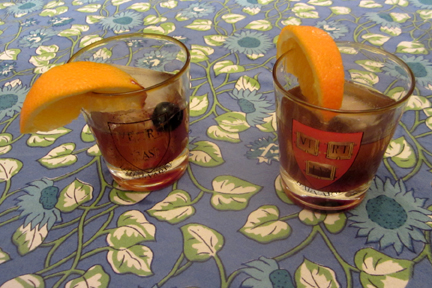
Robb’s Crown Maple Old-Fashioned
Ingredients:
2 tablespoons dark maple syrup
3 to 4 dashes Angostura bitters
2 sections of an orange
2 sections of a lemon
1/4 cup good Bourbon
ice cubes
sparkling water (we used flat water, which is what my grandfather used!)
2 stemmed Maraschino cherries (we prefer Luxardo)
Instructions:
Pour the maple syrup into a cocktail shaker or a large glass the width of a cocktail shaker. Pour the bitters over the syrup to saturate; then squeeze in the juice from 1 orange section and 1 lemon section.
Add the unsqueezed fruit; then press with a pestle to muddle the fruit with the syrup. Add the bourbon and stir well. Add 1 or 2 ice cubes and top with 1 to 2 inches of water. Stir again. Pour over ice in two glasses, and garnish each glass with a cherry.
Serves 2.
